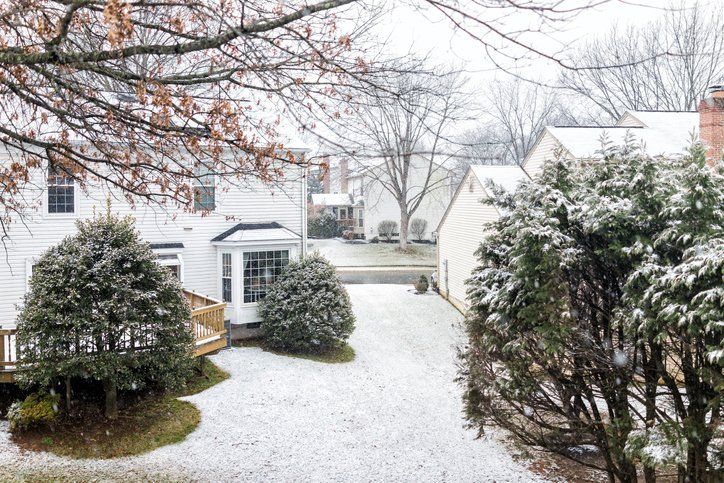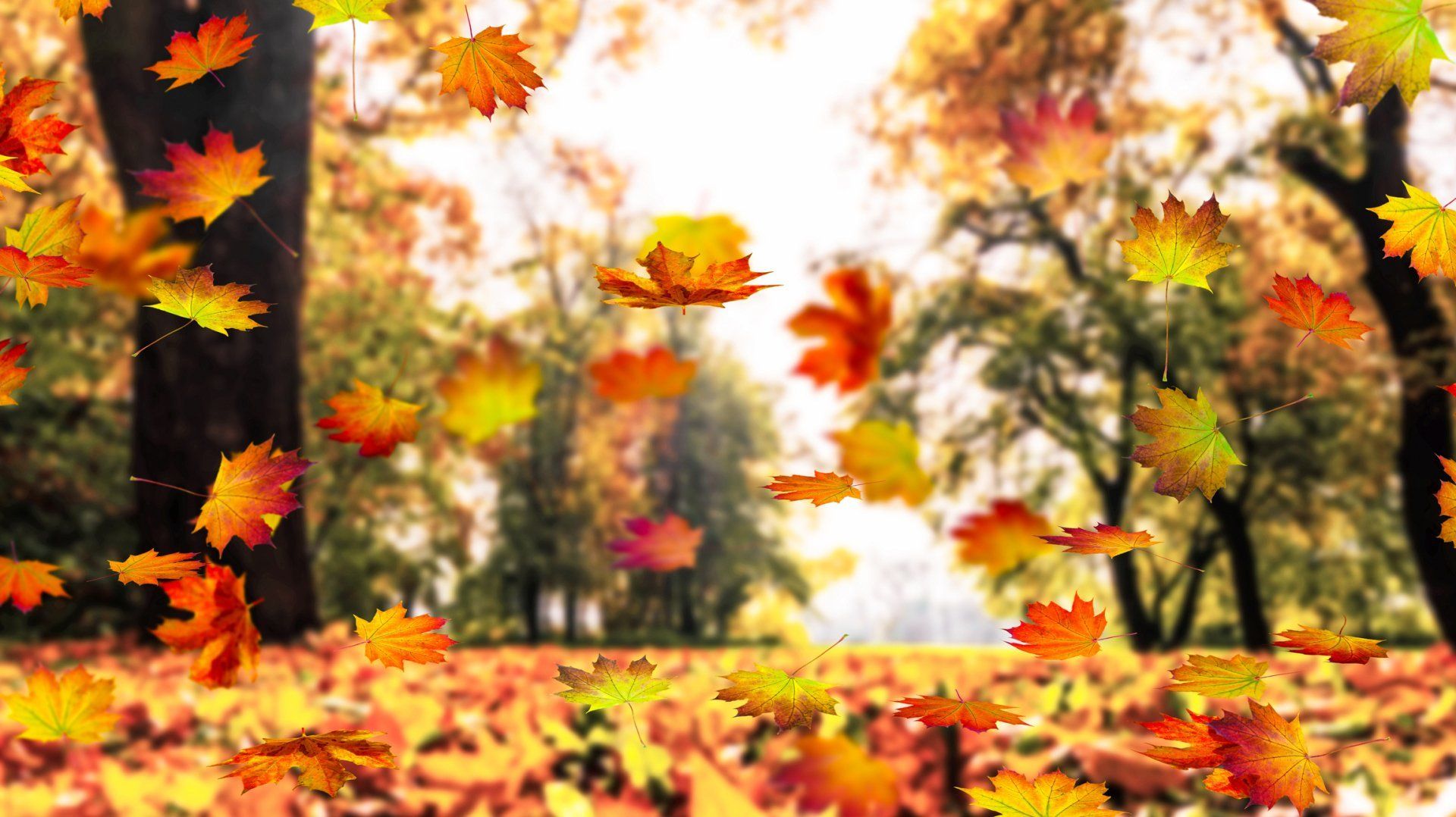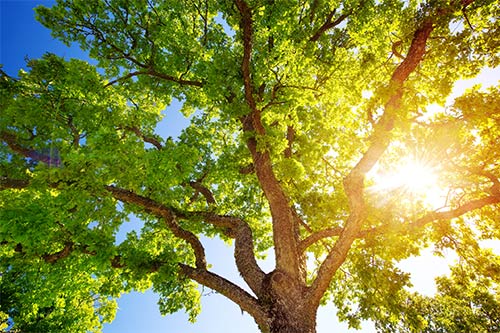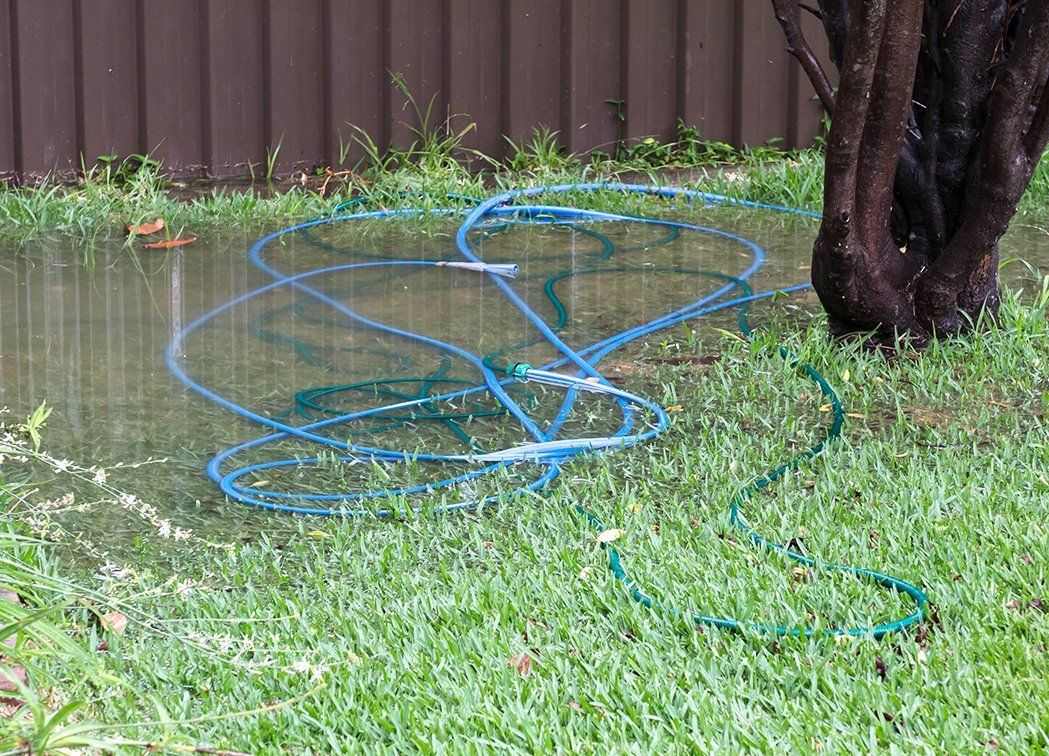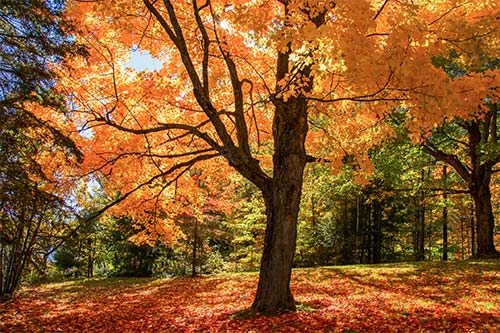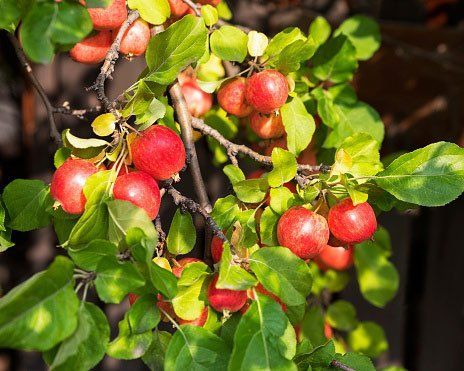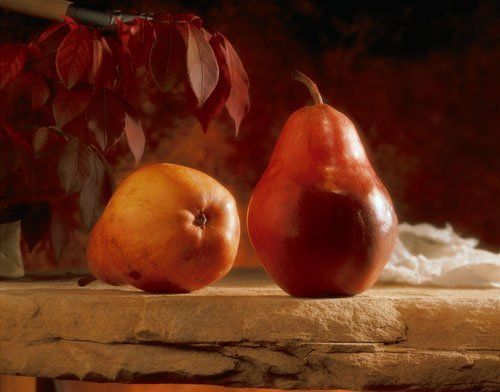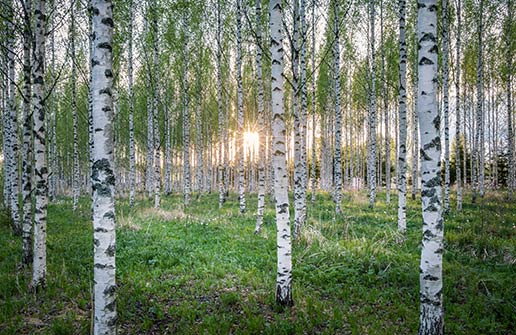Blog Layout
Suspected Emerald Ash Borer Infestations
By Admin • May 01, 2019
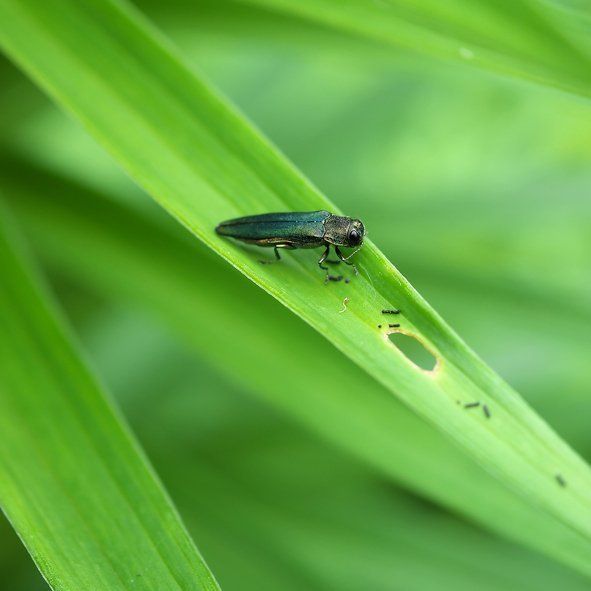
Emerald ash borers (EABs) are metallic-looking green insects that are native to Asia and considered an invasive pests in North America. The emerald ash borer is also one of the most destructive of the tree-boring beetles. If you suspect you have an EAB invasion, seek help from a professional and learn more about the damaging tree pests.
Emerald Ash Borers in Missouri
In the summer of 2018, the Missouri Department of Conservation reported that EABs were found in 11 more counties of the state. The new EAB discoveries brought the number of EAB-affected Missouri counties up to 53 in total. Experts predict that the entire state of Missouri will be invaded by these pests within the next five years.
Ash trees are the EAB's preferred host, but white fringe trees and other species of trees sometimes suffer with EAB infestations. EAB larvae feed off these trees and interfere with the tree’s ability to transport water and nutrients. Once an ash tree is infested with EAB beetles, it has a 99-percent
chance of dying from the related damage within three to four years.
Monitoring for Signs of EAB Infestation
The best way to combat EAB in Missouri is to be vigilant in looking for signs of the tree pest. If you have ash trees on your property, schedule routine professional tree inspections. Your local, qualified tree care company will monitor the bark and branches for EAB so you don't have to.
Definitely schedule a tree inspection (or perform one yourself) in early spring. Look for signs of adult borers emerging from ash trees starting around the middle of April. The adult EAB leaves a 1/8-inch wide, D-shaped hole in the bark of the tree as it exits.
Other signs of EAB infestation include:
- Adult borers on trees from May to July
- Dieback of tree crowns
- Increased woodpecker activity
- Young shoots from lower tree trunks
- Snake-like grooves just under bark
EAB adults spend a good bit of time in the upper branches of trees, so you may not see too many of the small, slim beetles even when an infestation is great. However, there are a host of other green, shiny beetles and bugs that are not invasive and are native to Missouri. Most of the green bugs you see in the state don't kill Missouri trees.
Seek a professional opinion about any green beetles or bugs you find on your ash tree. Your tree care professional has the skills to diagnose an EAB infestation for you, and they can help you remove any dying or dead ash trees if your trees are affected.
Management of Emerald Ash Borer
After a positive EAB infestation, work with a professional tree service to manage your affected and unaffected trees. Your tree service specialist will assess your trees and let you know which ones must be taken down and removed from your property.
Younger, healthy trees can sometimes be treated for EAB infestations. Older trees with more than 50-percent EAB-related damage should be felled by your tree service. Removing heavily infested trees helps stop the spread of EAB and protects people and the surrounding property from harm due to sick, falling ash trees.
There are several treatments available to manage EAB infestations. Some products are available to homeowners but should be handled extremely cautiously or not at all. DIY treatments for EAB are also not guaranteed to stop a serious infestation.
Tree care professionals have access to more advanced EAB treatments that homeowners aren't allowed to use for DIY treatments. The advanced products don't always work either, but the professionals will apply the products in a safe and scientific manner as they attempt to save your trees. Call your tree service to learn more about all of the options for managing your ash trees before, during, or after an EAB invasion on your property.
Save and protect your beloved ash trees from EABs in St. Louis and Jefferson County by contacting County Tree Service
today. We have the know-how and product access to diagnose and treat a variety of tree diseases for Missouri property owners.
BROWSE OUR WEBSITE
CONTACT INFORMATION
EMAIL:
countytree3157@sbcglobal.net
PHONE NUMBER:
314-920-7263
ADDRESS:
925 St. Louis Avenue Valley Park, MO 63088
Payment Options


Content, including images, displayed on this website is protected by copyright laws. Downloading, republication, retransmission or reproduction of content on this website is strictly prohibited. Terms of Use
| Privacy Policy

